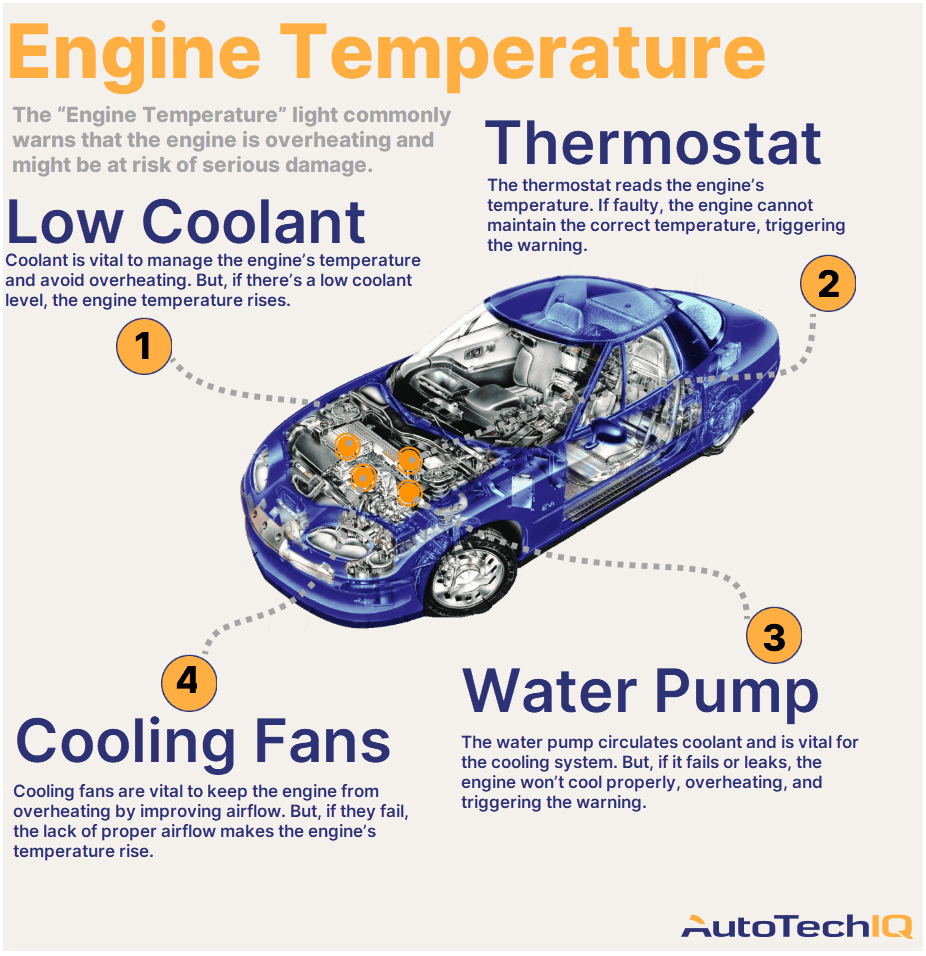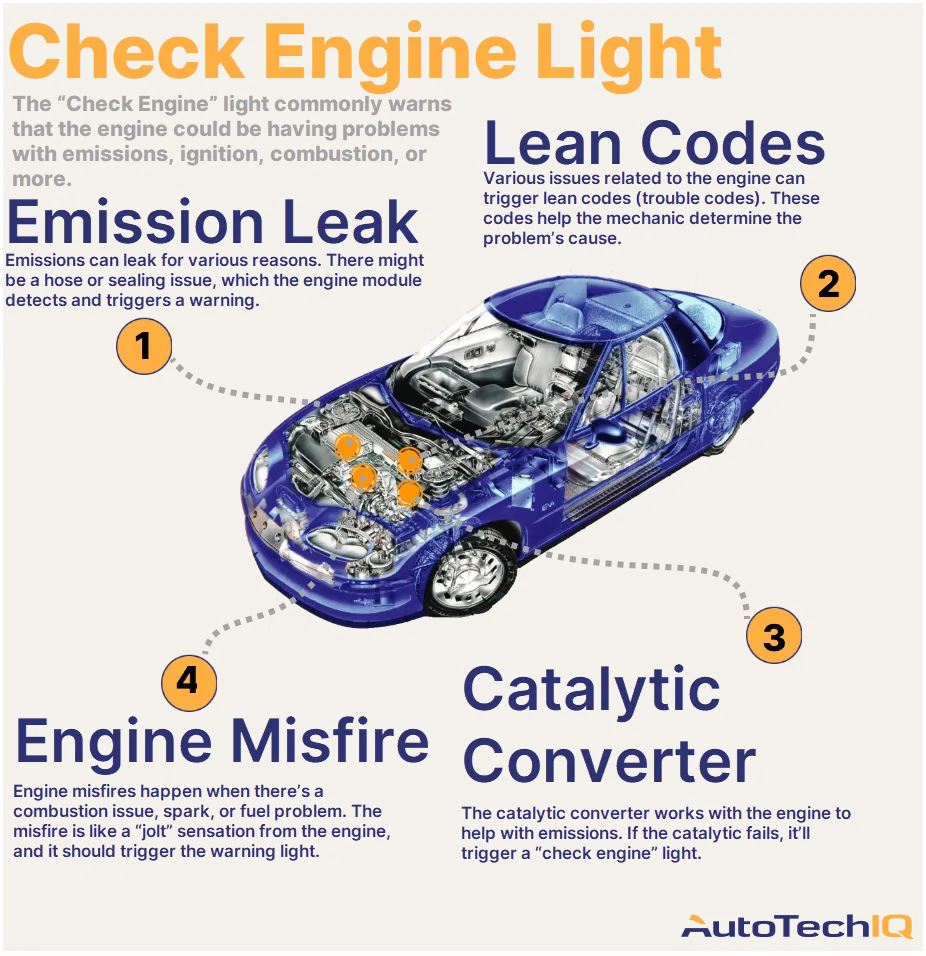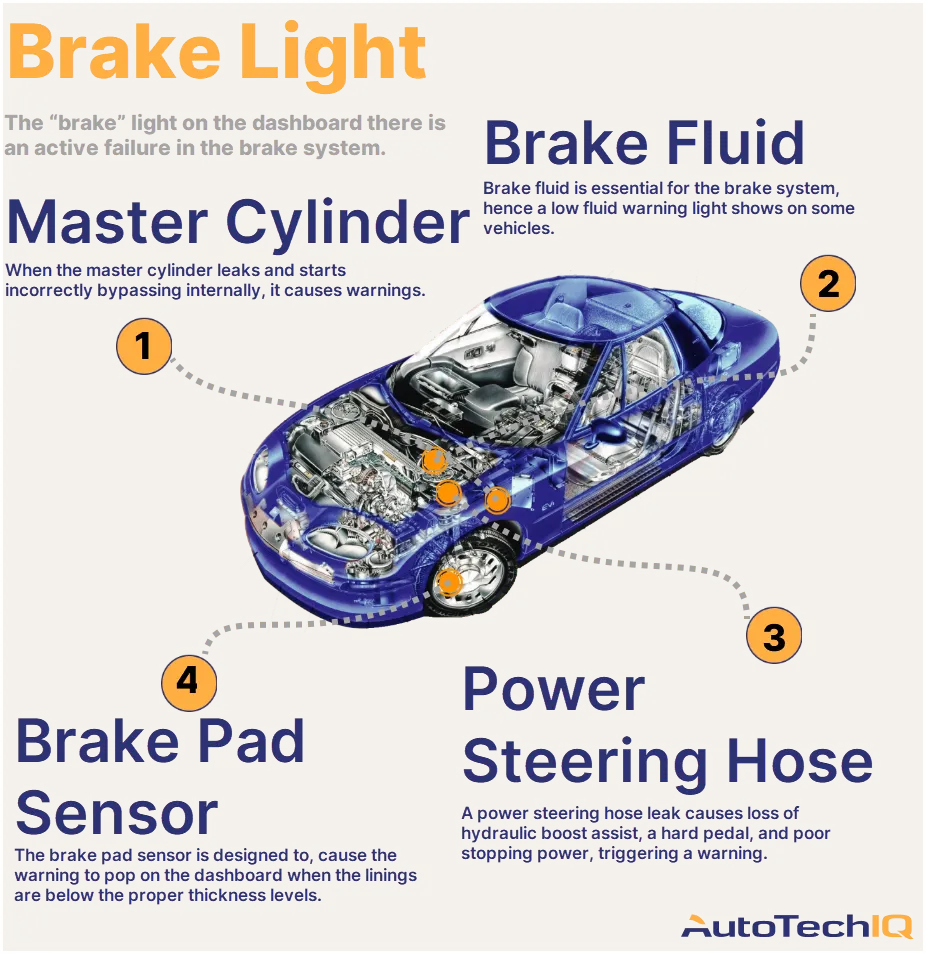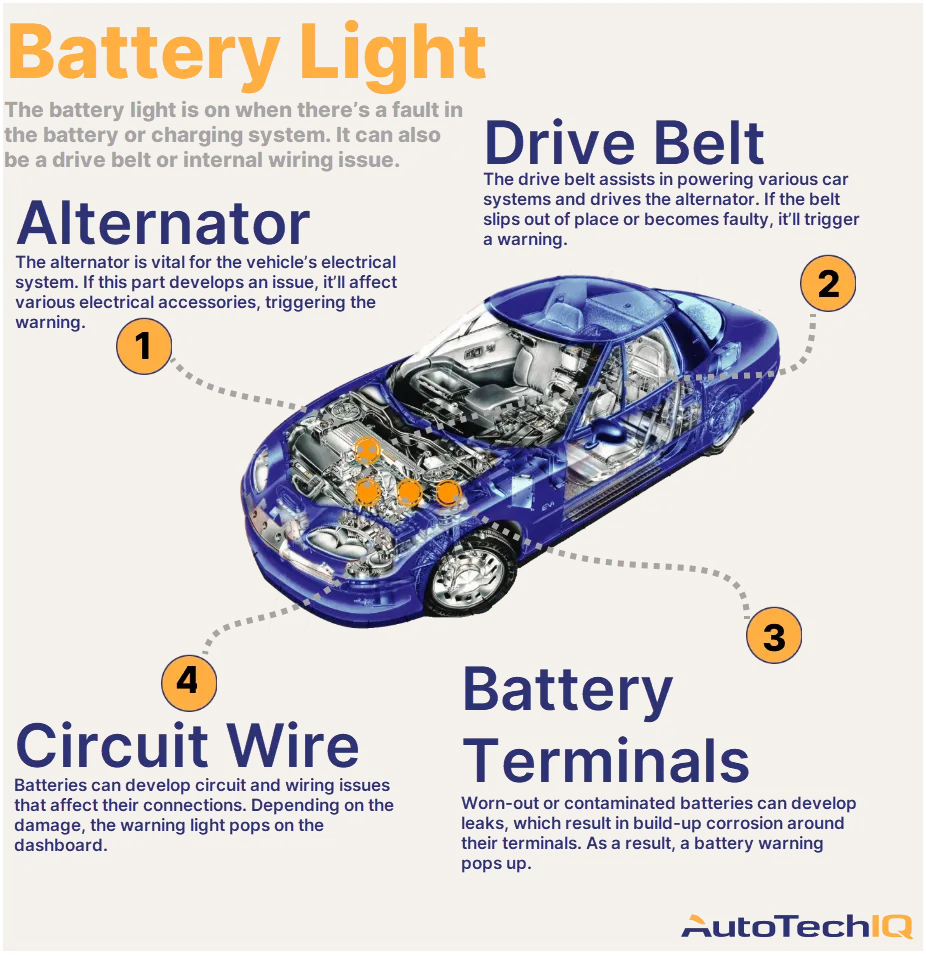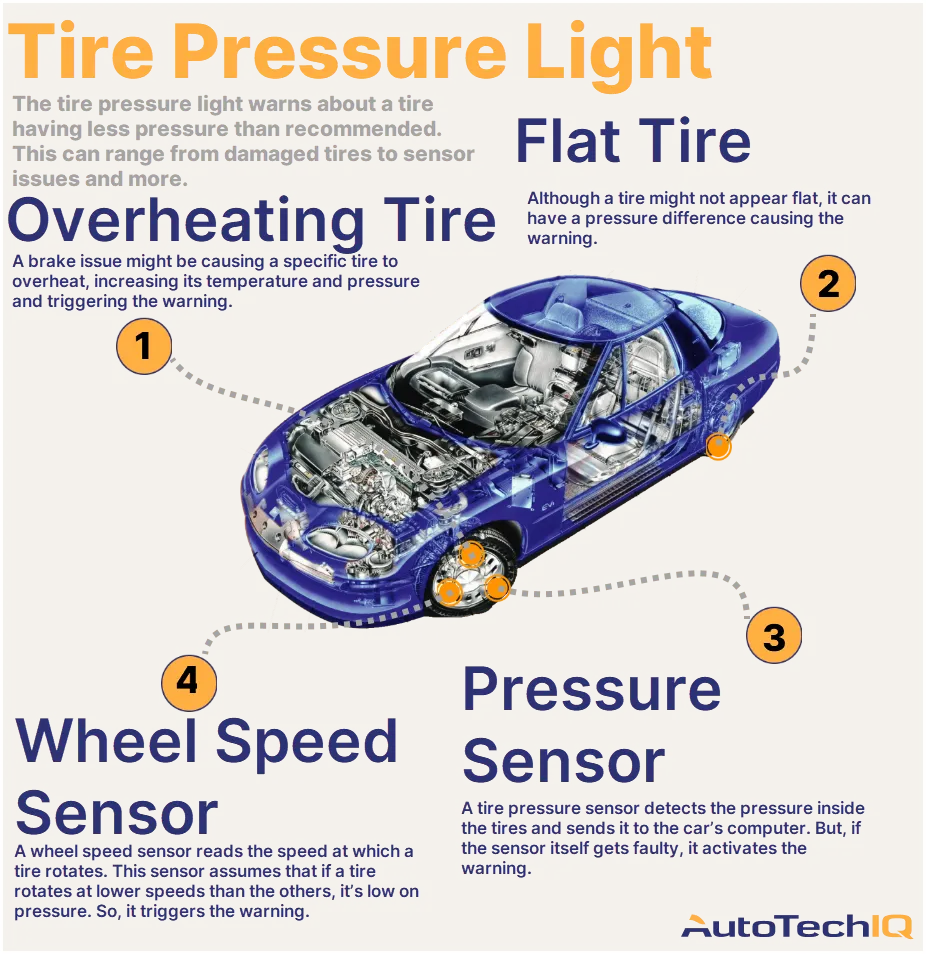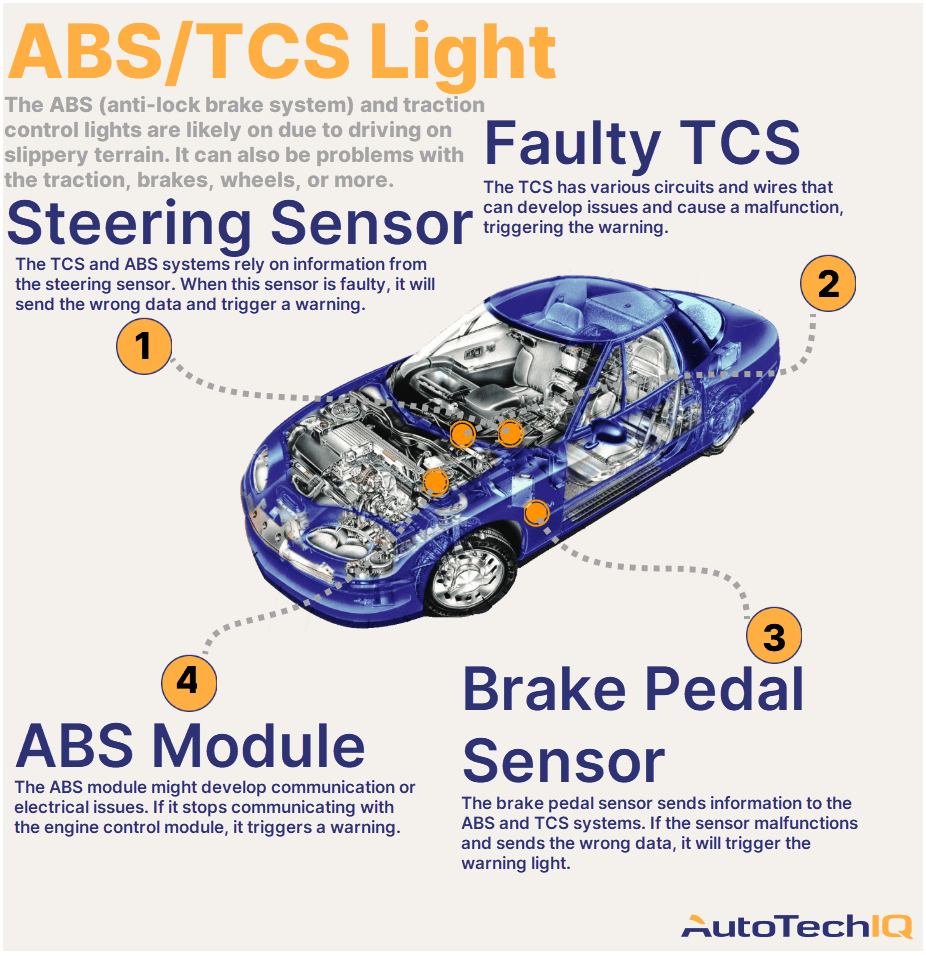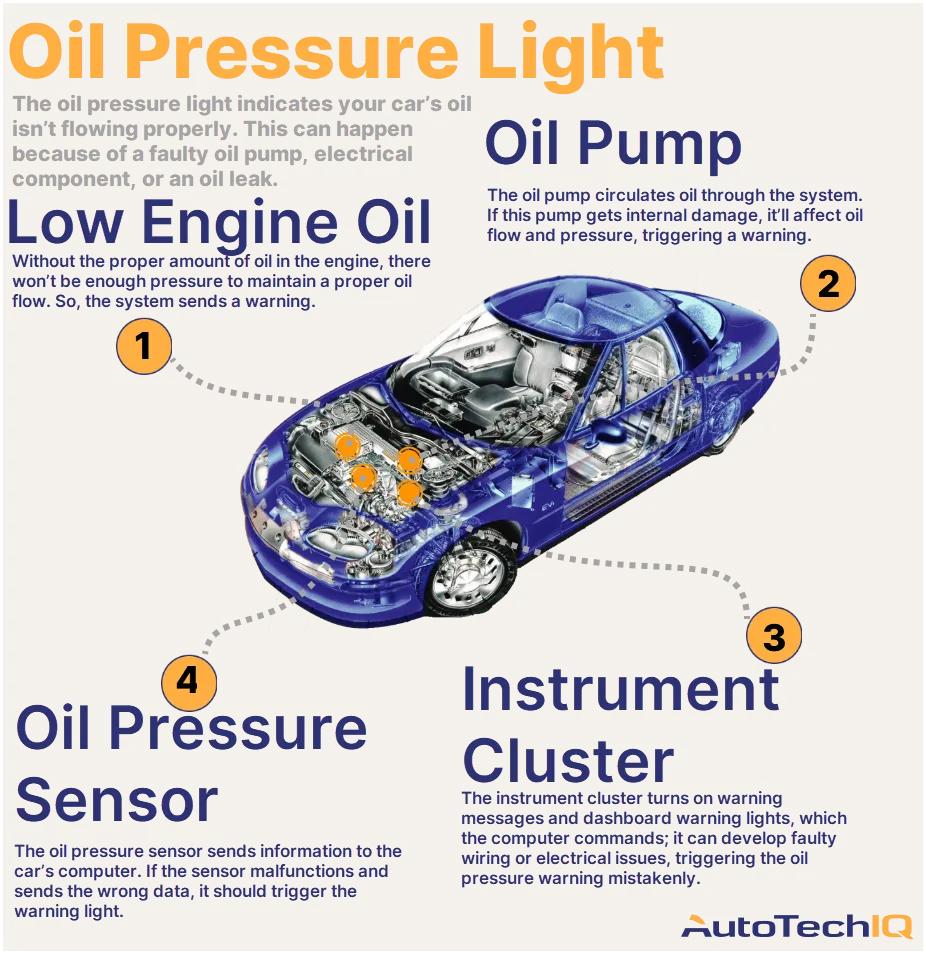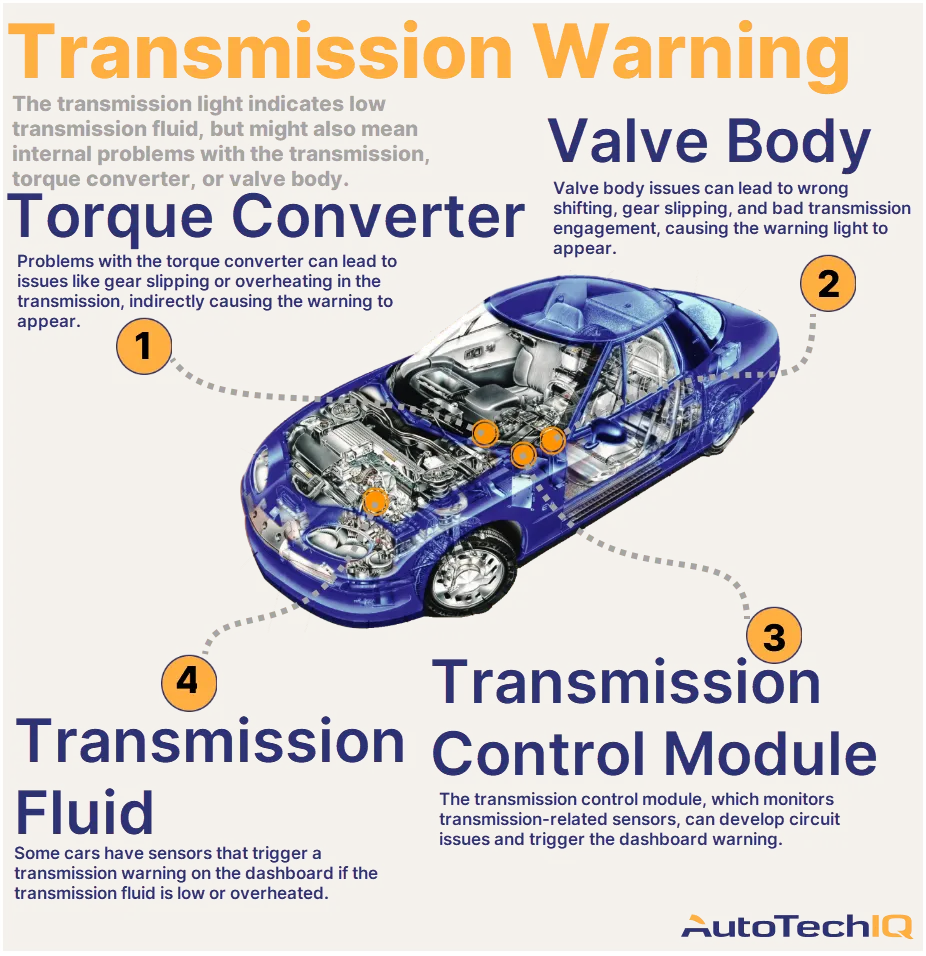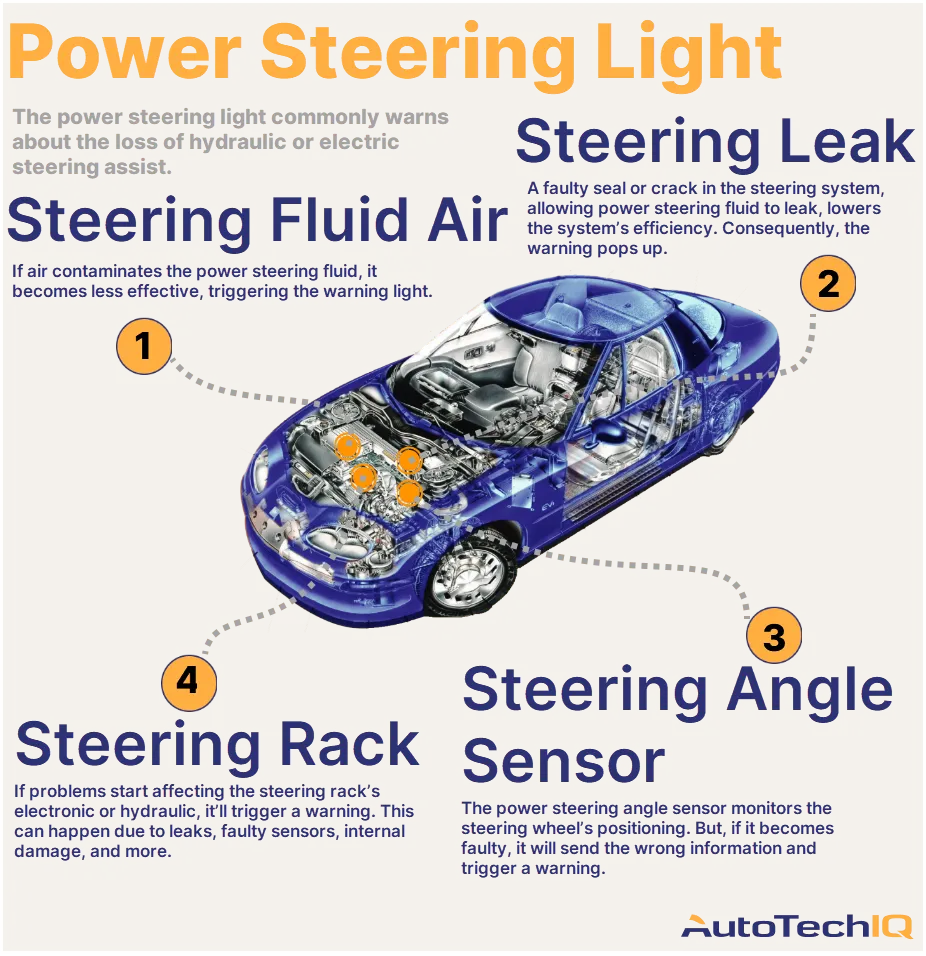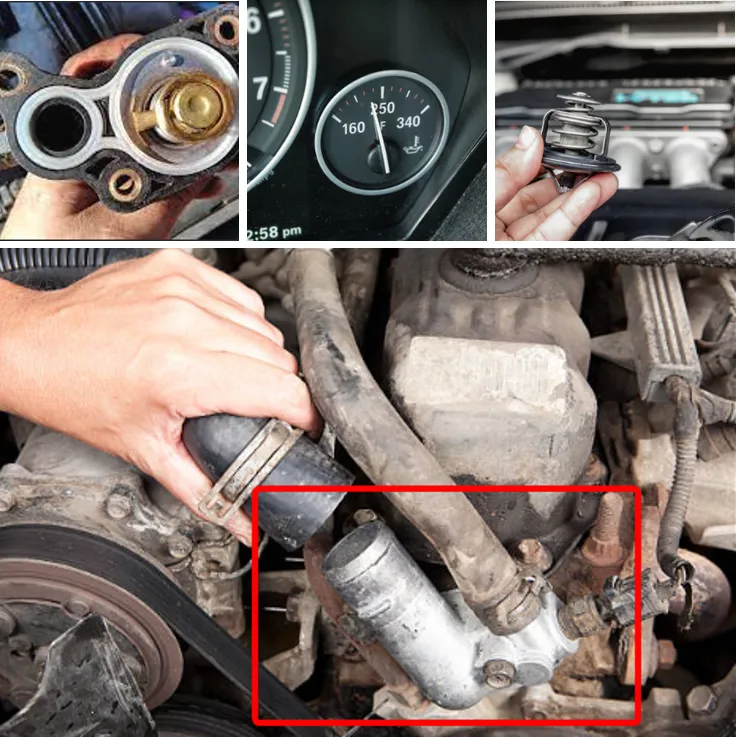
A thermostat is a valve whose function is to open and close at certain temperatures and is part of the engine cooling system. The main task of the thermoelement is to regulate the engine cooling temperature. It is this unit that allows you to gradually and quickly warm up the power unit. During cold weather, this is especially important, since rapid heating of antifreeze is carried out first in the motor and heater, without additional cooling by a fan.
When starting a cold engine, the valve is in the closed position. Antifreeze circulates inside the engine and heater using a pump. At this time, the liquid temperature is not yet sufficient to open the valve.
Gradually heating up, the antifreeze reaches the opening period at the engine operating temperature. This happens due to the thermoelement. An open valve allows antifreeze from the engine into the radiator, equalizing the temperature due to cooling by the fan and air flow.
Manufacturers equip cars with different types of temperature controllers. This is due to engine power, the internal pressure of the cooling system, and the volume of liquid.
The main types include:
- Simple single-valve option. Is the most common.
- Two-stage. Such thermostats are often installed on cars with high pressure inside the cooling system.
- Two-valve. Can control two coolant flows.
- Electronic. New, modern type of thermostats. Adjustment via on-board computer.
Malfunctions in which the driver should contact a car service for diagnostics and further repairs.
All types of thermostats experience the same problems. They are related to the operation of the valve.
- The valve remains in the seat without opening when the opening threshold is reached. This occurs due to oxidation. When water gets into the antifreeze, the water oxidizes the thermostat housing due to exposure to high temperature. Jamming in the closed position leads to rapid heating, followed by boiling of the antifreeze.
- The valve does not block the circulation. The cause is dirt getting into the seat or a broken valve spring. Such a malfunction leads to a long heating of the engine.
If you find problems, just contact a car repair shop for diagnostics and repairs.
The thermostat cannot be repaired and must be replaced. Professionals will quickly and efficiently complete the job of replacing the thermostat. After repair work, a complete replacement of the coolant is recommended, and it is also important to ensure that there is no air lock, which could cause the new thermostat not to work.


